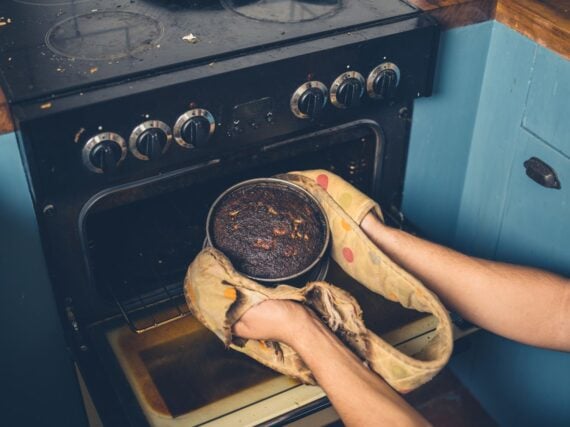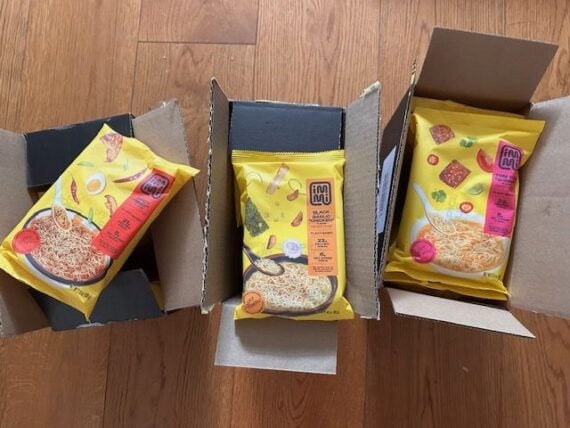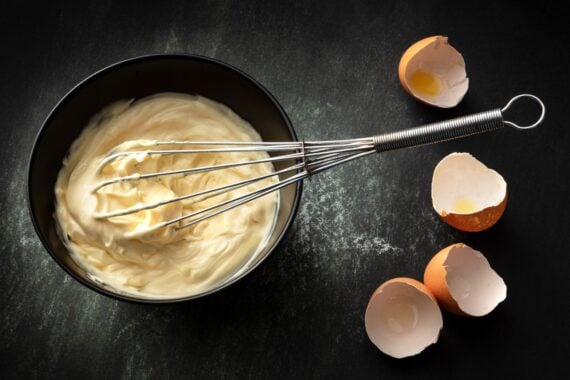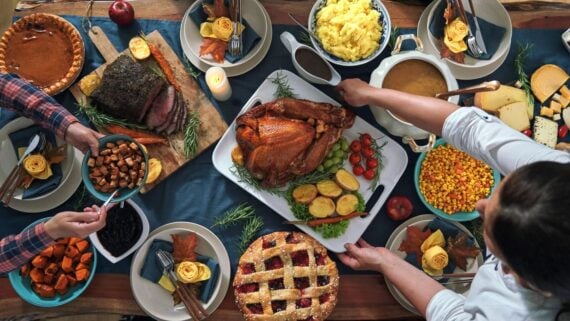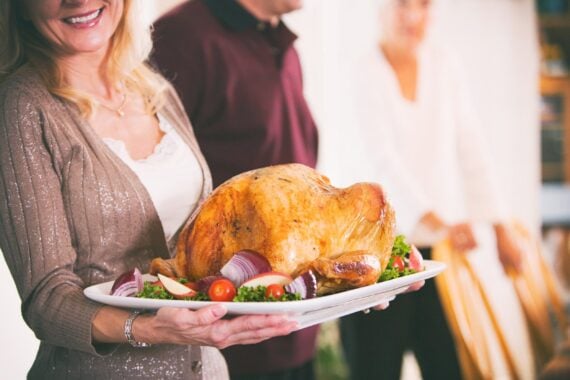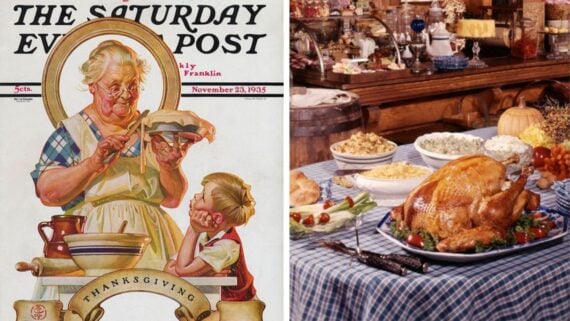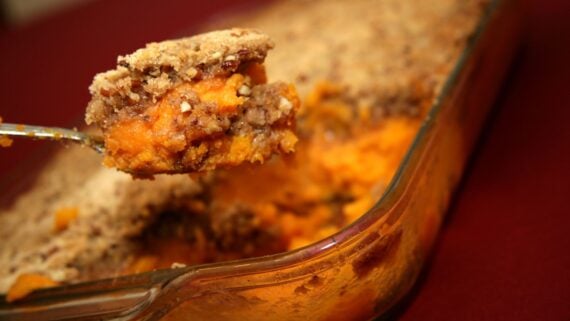Cooking is a money-saving activity that the entire family can participate in, but there are a lot of hidden hazards and safety risks when it comes to using knives, microwaves, and fire to transform ingredients into meals. In fact, one coveted kitchen appliance has been making the news because it can pose health risks not only for those who use it, but environmental risks for the entire planet. Read on to identify kitchen hazards common and obscure, plus how you can take simple steps to avoid them.
Related: 25 Kitchen Mistakes You’re Probably Still Making
Cooking With a Gas Stove
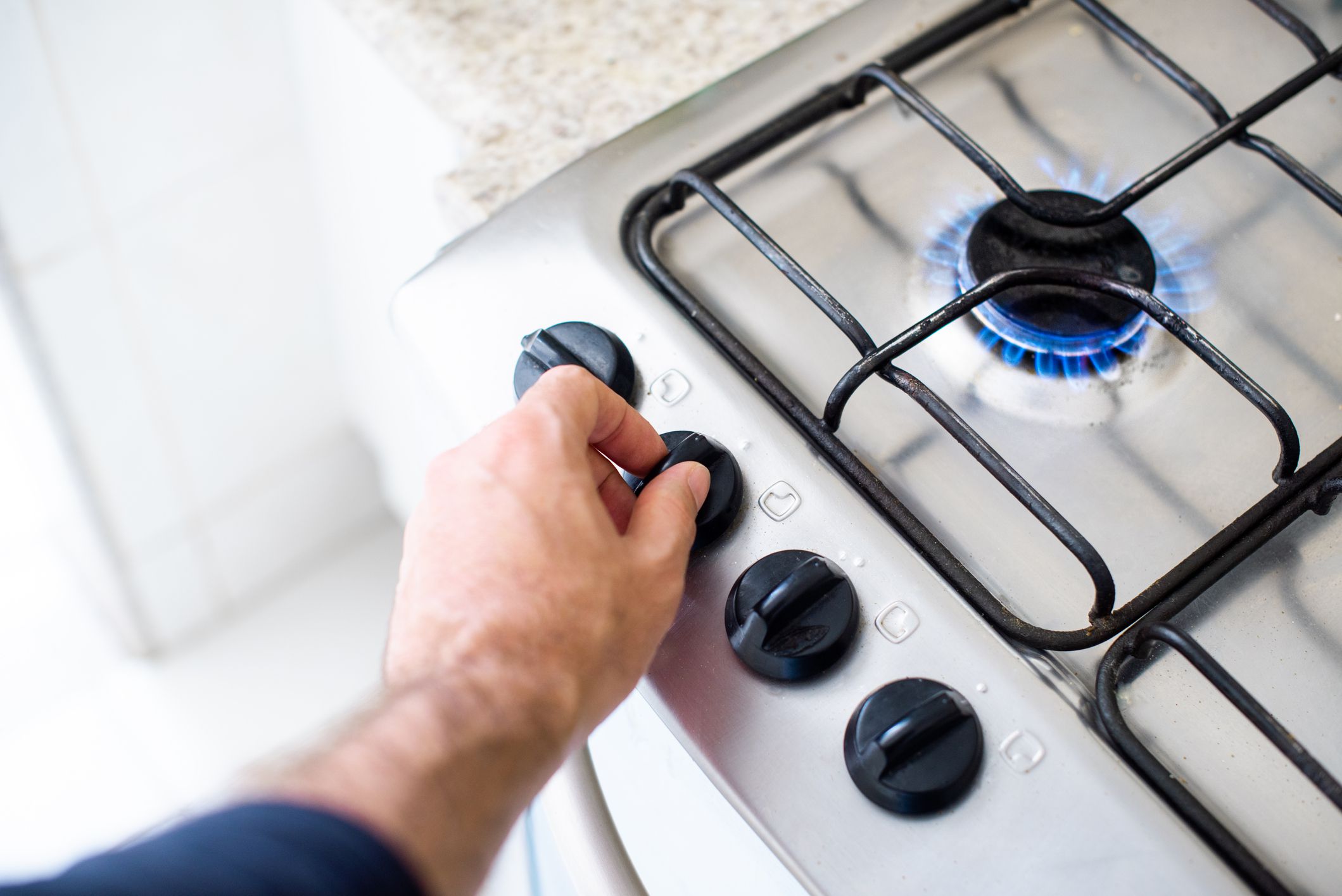
We know, we know — gas stoves are the gold standard. They heat up quickly and allow unparalleled temperature control. But study after study has called them into question, saying not only are they bad for the environment, but your health, too. The most recent research out of Stanford University finds that gas stoves old and new alike leak concerning levels of methane, a major global-warming culprit, as well as nitrous oxide. Both can exacerbate asthma or trigger other breathing problems, researchers note. While ditching your gas stove immediately is probably unwarranted, electric or induction is a better choice once it’s time to get rid of it anyway. In the meantime? Proper ventilation is crucial.
Related: 20 Hidden Dangers Lurking in Your Home — and What to Do About Them
Storing Food in Plastic
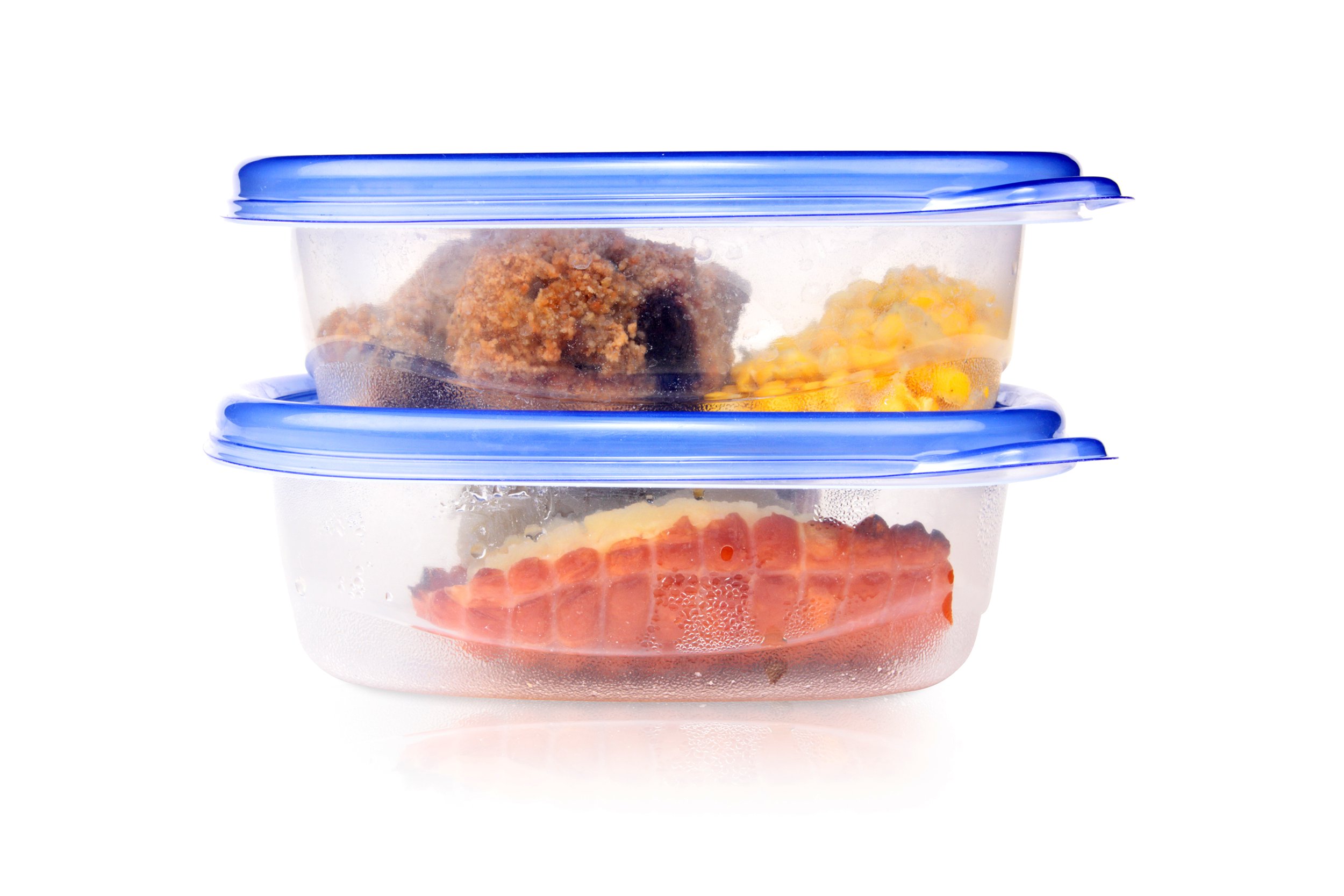
Plastic food storage containers are convenient and useful for saving food and cutting waste, but they could be leaching harmful chemicals into your foods. The chemical bisphenol A, or BPA, is a known hormone disruptor, and is found in plastic food storage containers more often than is comfortable. Many people who are sensitive to hormone disruptors or who simply want to avoid potentially harmful chemicals opt for glass containers, or at the very least, plastic that advertises itself as BPA-free.
Related: The Best Food Storage Containers You Can Buy, According to Amazon Reviews
Overloading Electrical Circuits
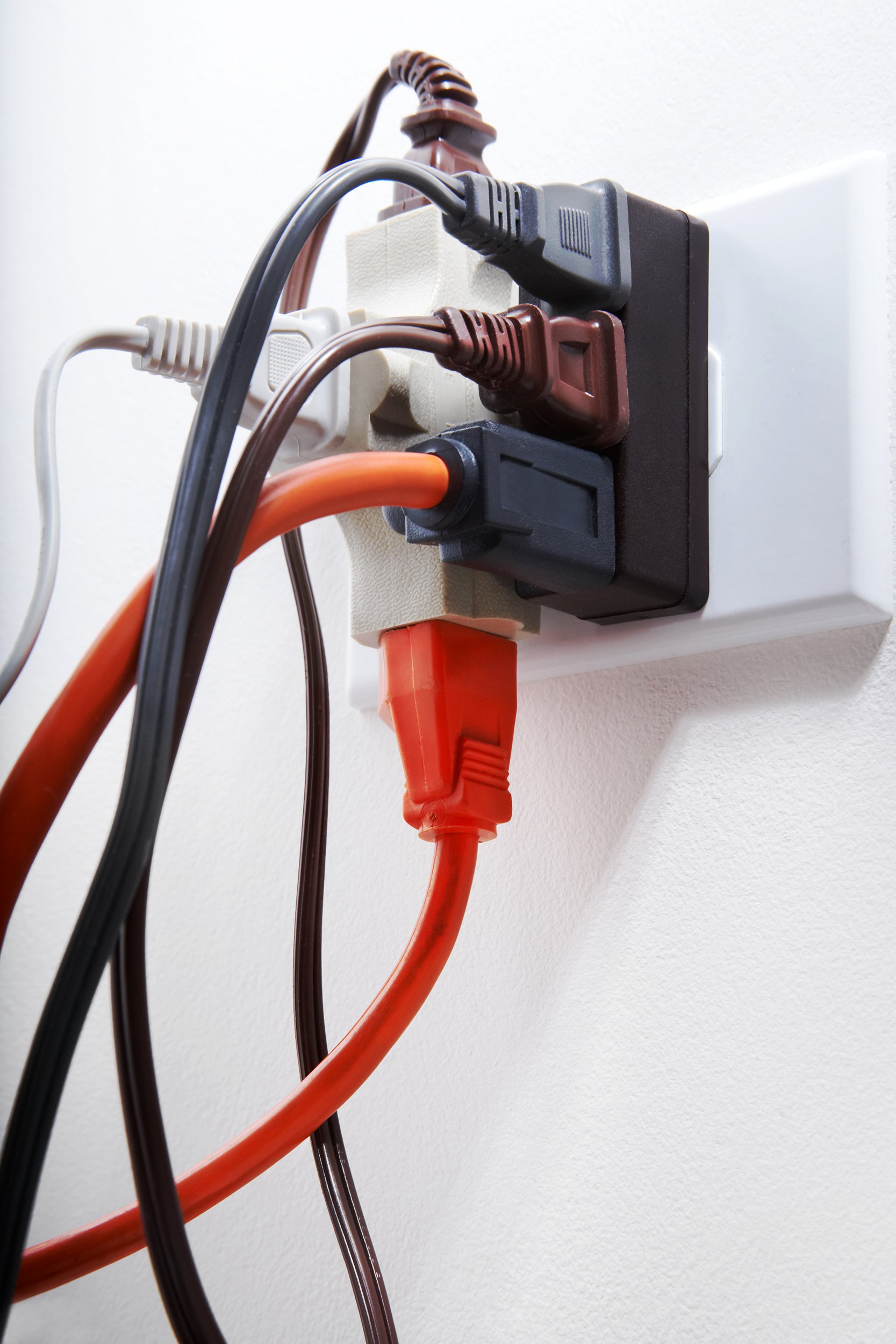
With an explosion in culinary TV shows and creativity in the kitchen, it’s easy to get carried away using different appliances. Overloading the outlets can be dangerous and lead to fires, which are at a greater risk of spreading in a kitchen that is full of flammable oils and ingredients.
For more great kitchen tips, please sign up for our free newsletters.
Freezing Hot Food
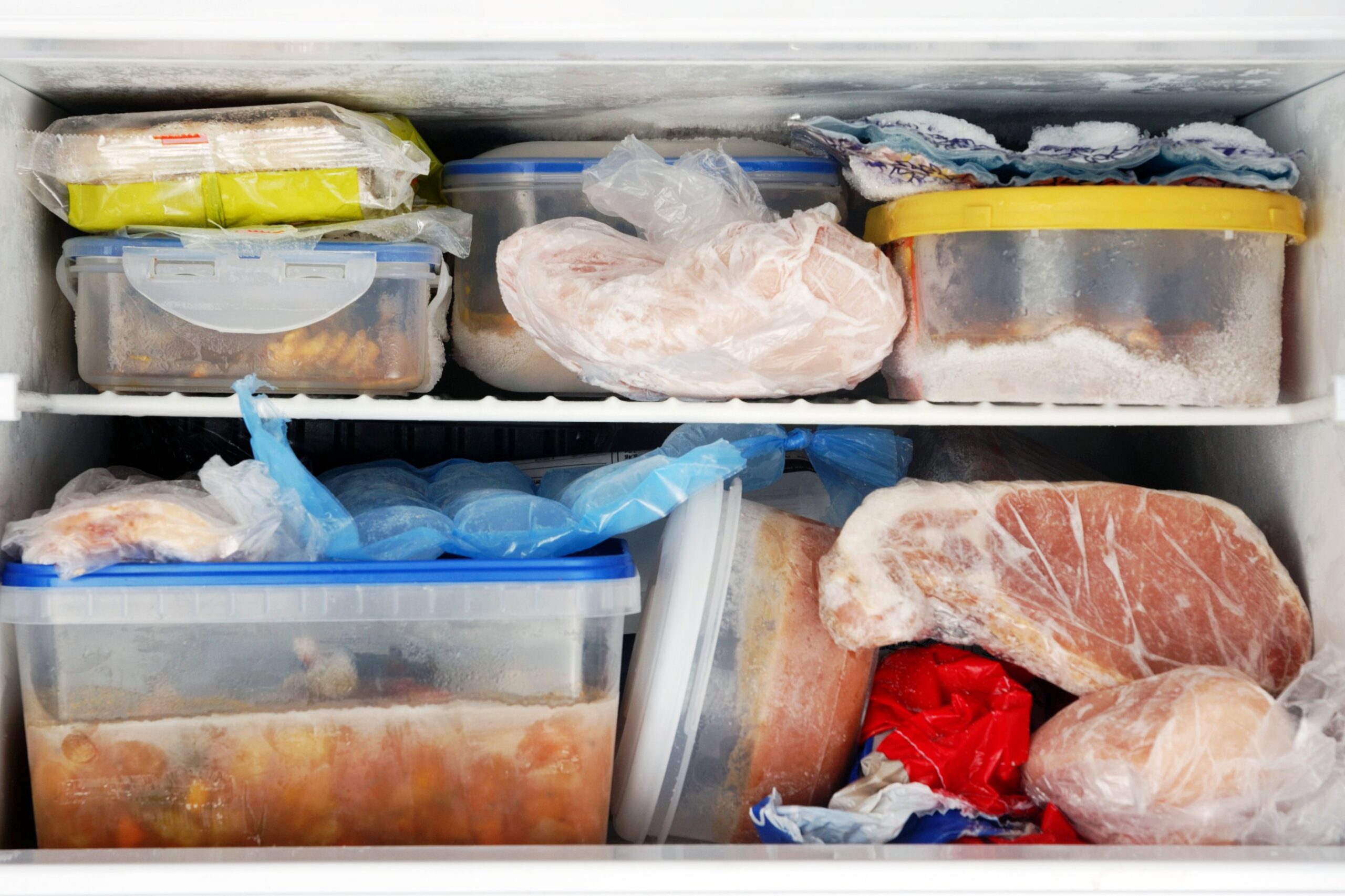
Anyone certified in safe food handling knows not to place hot food in the freezer. Placing something hot, or even warm, next to cold food can cause the previously frozen food to partially thaw, which puts it at risk of spoiling. It can also raise the overall temperature of the freezer, putting all of the food at greater risk of spoilage.
Related: 16 Foods to Freeze for Later (and How to Do It Right)
Washing Poultry
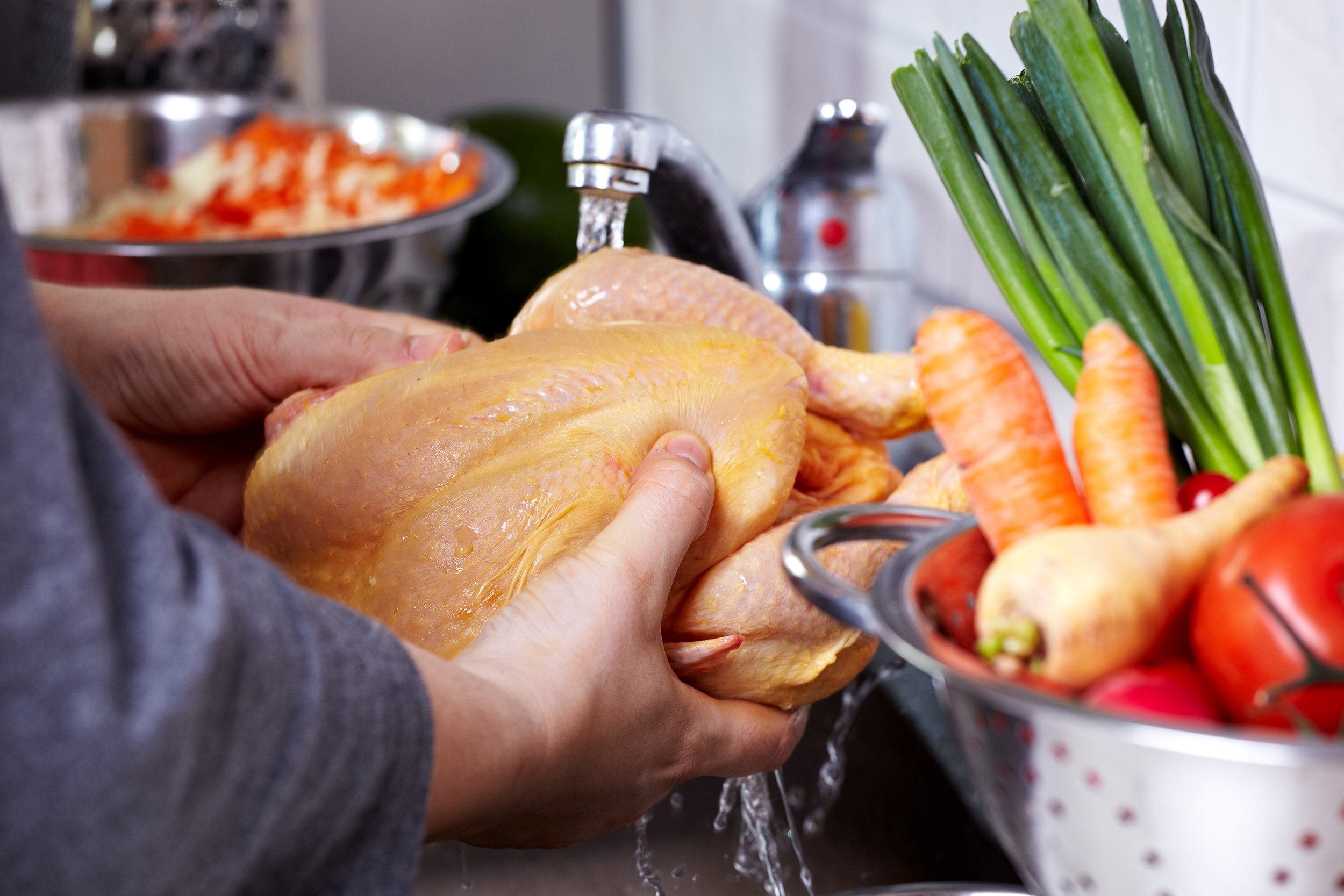
Both germophobes and chefs will warn about washing poultry. When rinsing or washing poultry, the water tends to spray and splatter, which can actually contaminate more surfaces with potentially harmful chicken juice that could contain salmonella. Chefs will also add that it rinses off flavor. These days, it is easy to find air-chilled chicken that doesn’t require rinsing.
Related: 35 Foods That Are Dangerous If Not Prepared Properly
Trending on Cheapism
Cross Contamination
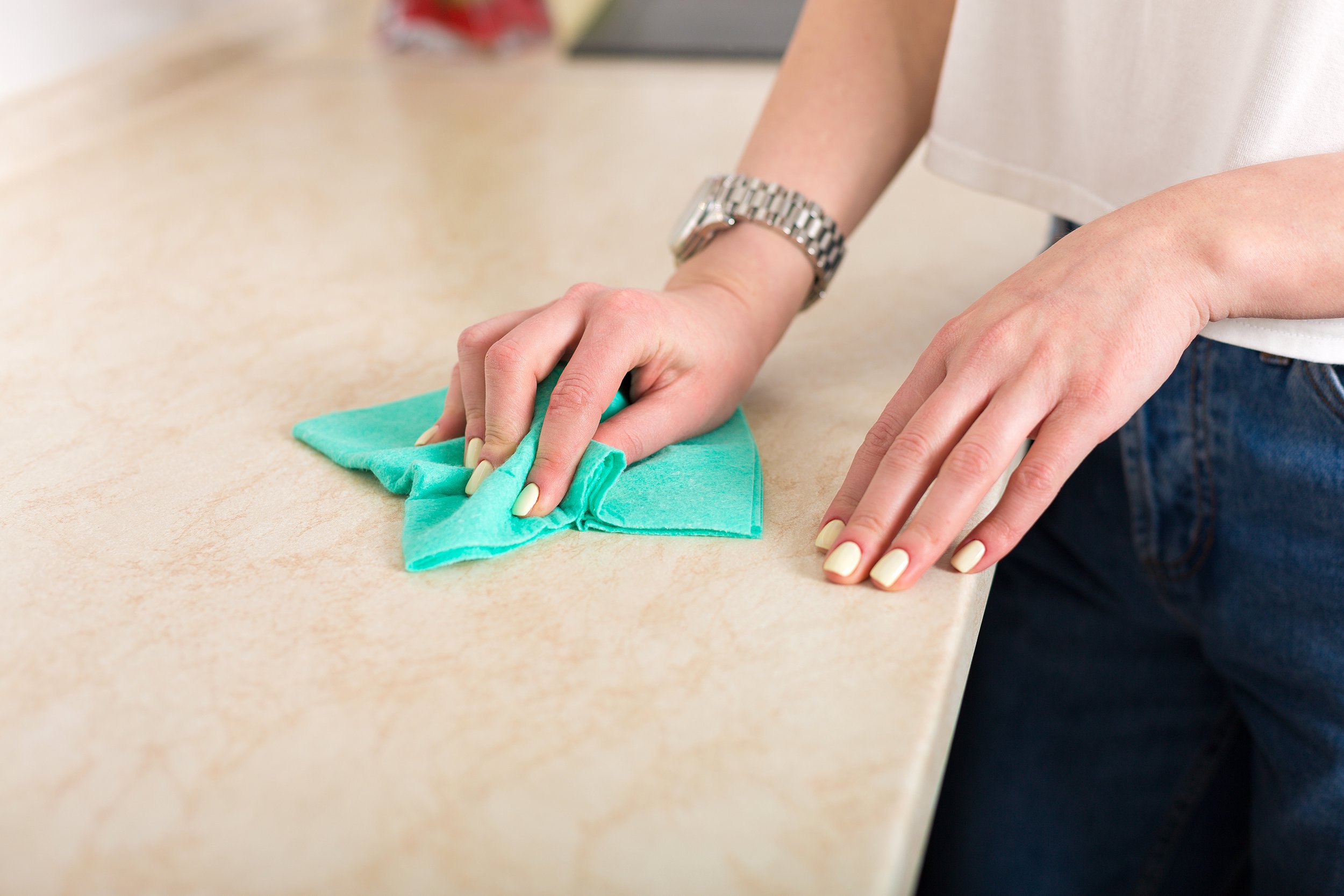
Washing your hands frequently cannot be stressed enough when dealing with raw meat, poultry, or fish. Beyond that, countertops and sponges can also be sources of contamination. Using paper towels or clean cloths along with hot water and soap that kills bacteria on contact to clean up surfaces and spills can help reduce the risk of cross contamination.
Related: How to Disinfect Without Harming Your Stuff (or Yourself)
Home Canning
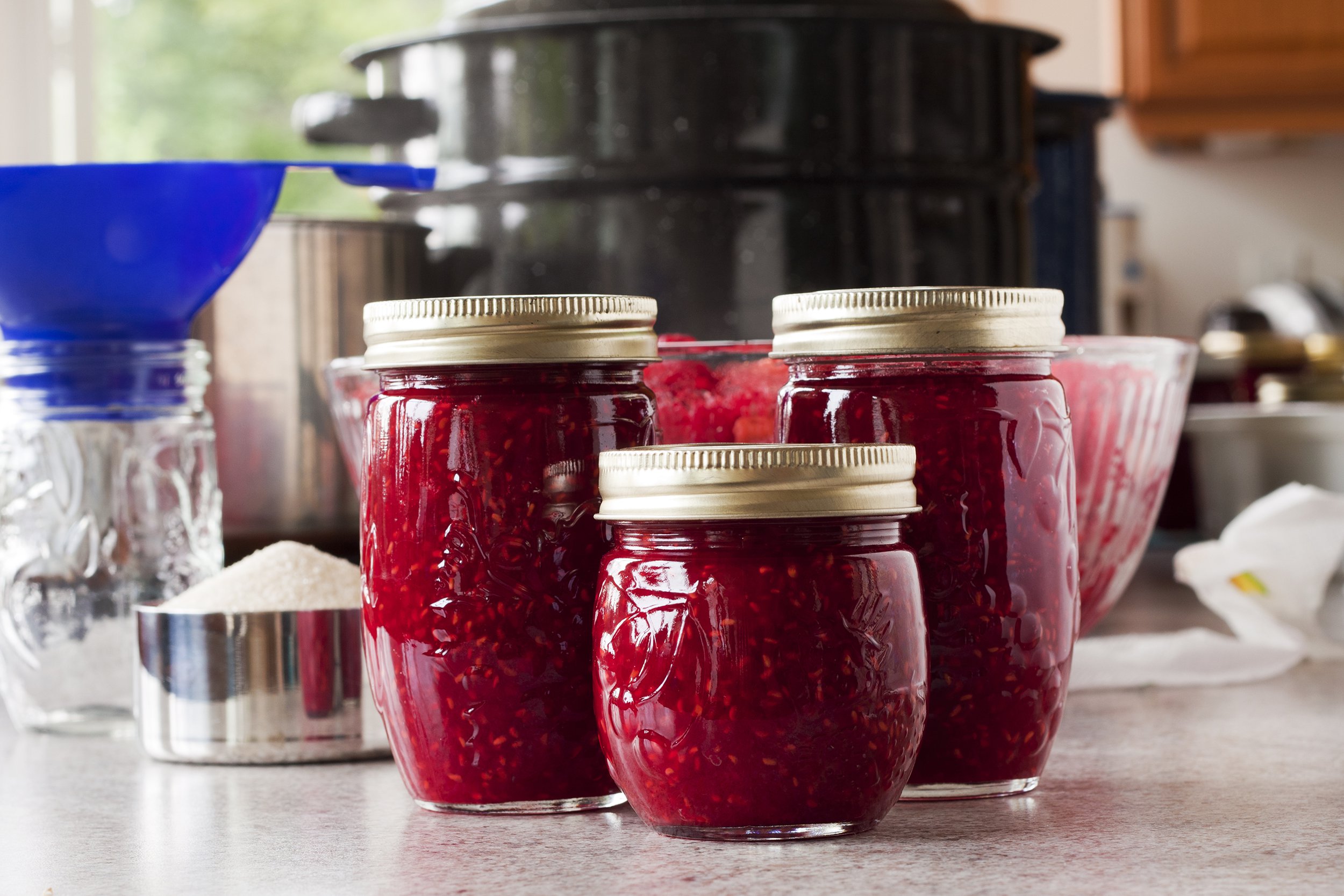
Making your own preserves is a fun and cheap way to turn fresh ingredients into something shelf stable. When doing it at home, it’s important to follow all safety procedures since a small oversight could result in deadly listeria. In most cases, as long as guidelines for safe home canning are followed, it is a low-risk operation.
Related: Thinking About Home Canning? Here’s Everything You Need to Get Started
Fermenting on the Countertop
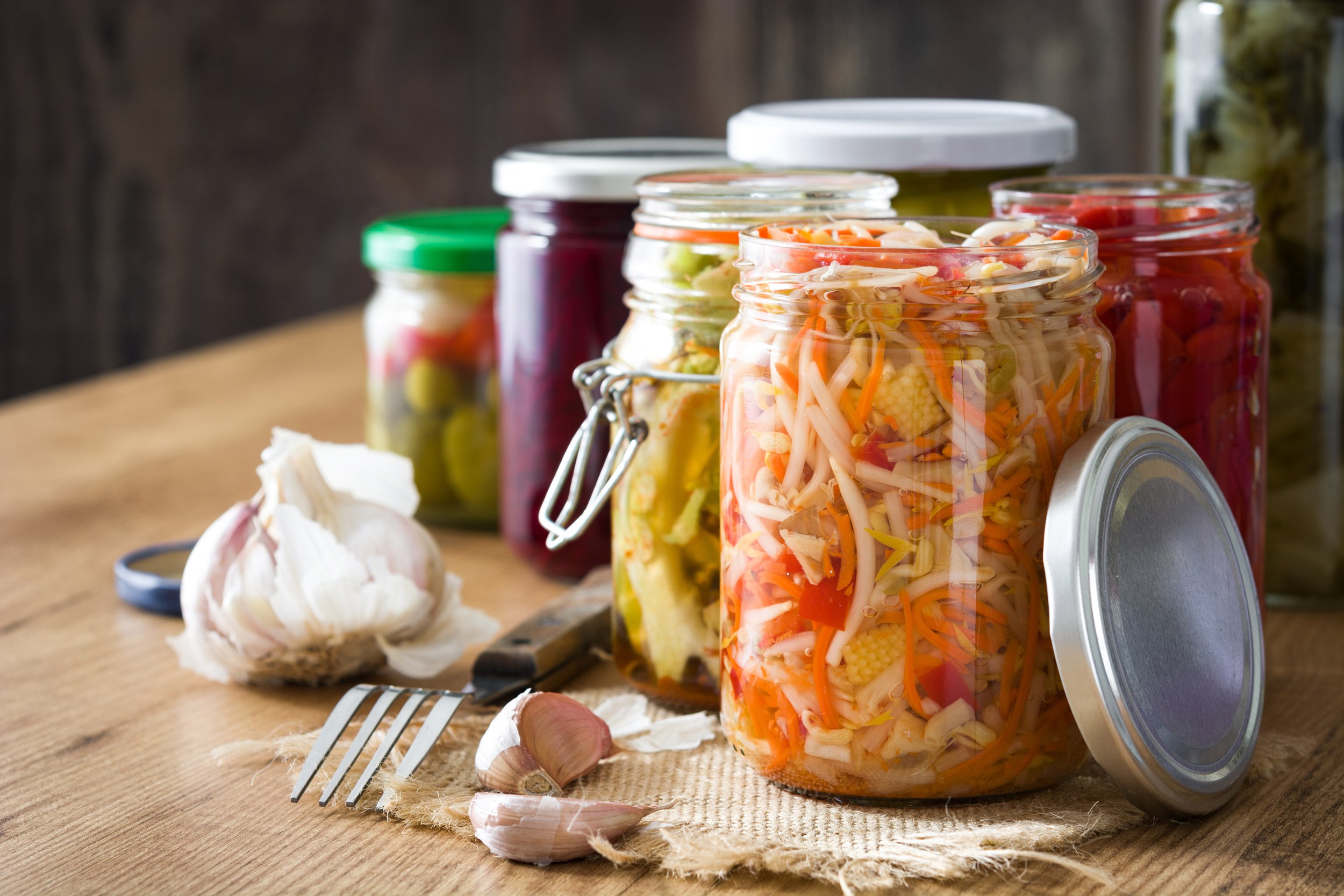
Fermenting food for preservation and to increase nutritional value is a technique humans have been using for millennia. The basic idea is that ambient bacteria will kick off fermentation right on your countertop if brined food is left out. The issue here is that if you open the door to good bacteria, it’s also open to bad bacteria. The problems come when it is done carelessly; following the basic safety precautions keeps it a low-risk process.
Sign up for our newsletter
Cooking With Nonstick Pots
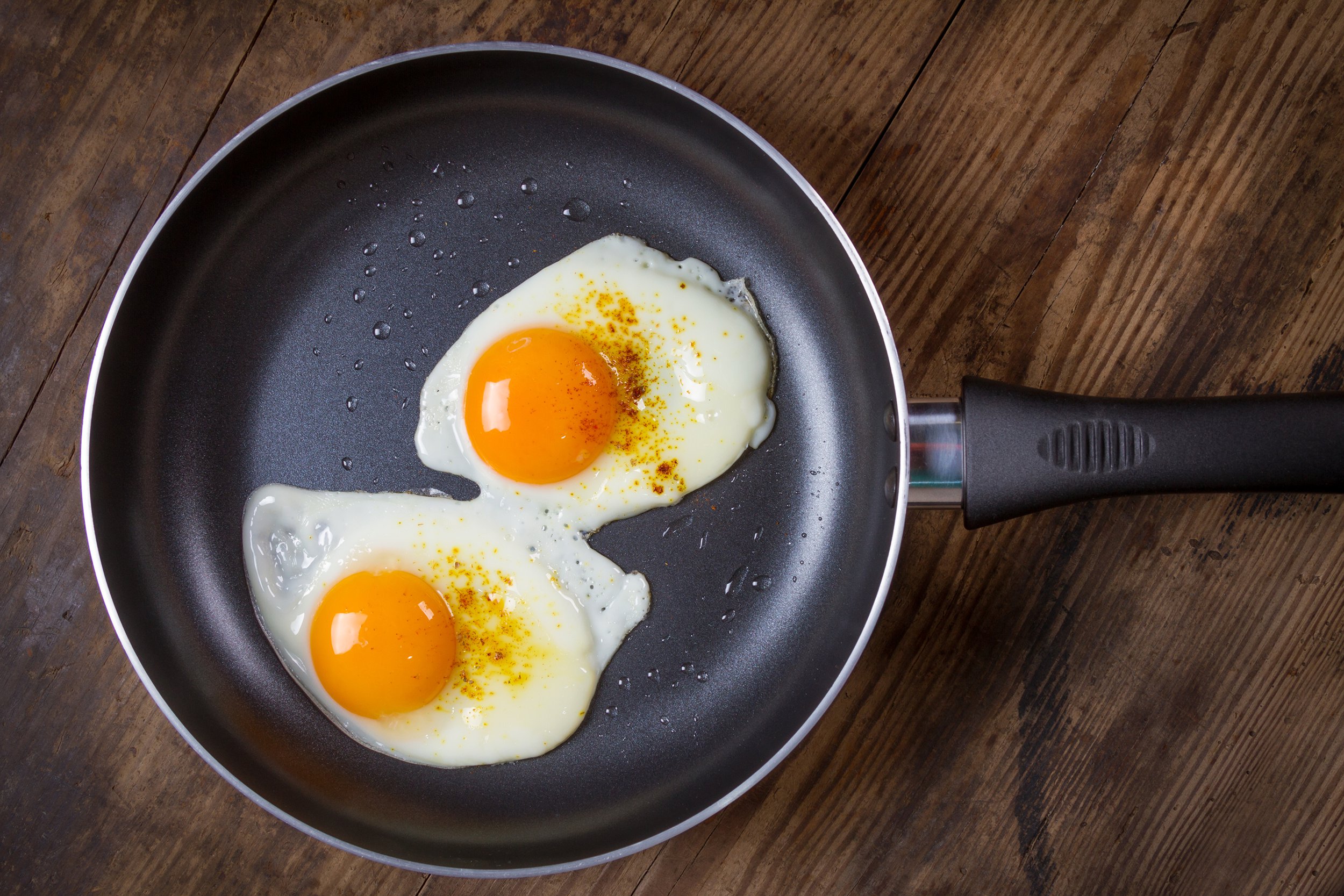
Nonstick pots and pans are amazing modern inventions that make cooking and cleaning a lot easier. Unfortunately, when used improperly, they can be dangerous. The coating that makes the utensil nonstick can get released into the air or food if the pan is overheated, and these chemicals are toxic when ingested. Some people stay away from them all together, arguing that cooking on a toxic surface can’t be good. Others opt for nonstick only for low- or moderate-heat cooking.
Related: The Best Cheap Cookware Sets
Leaving the Stove or Oven On
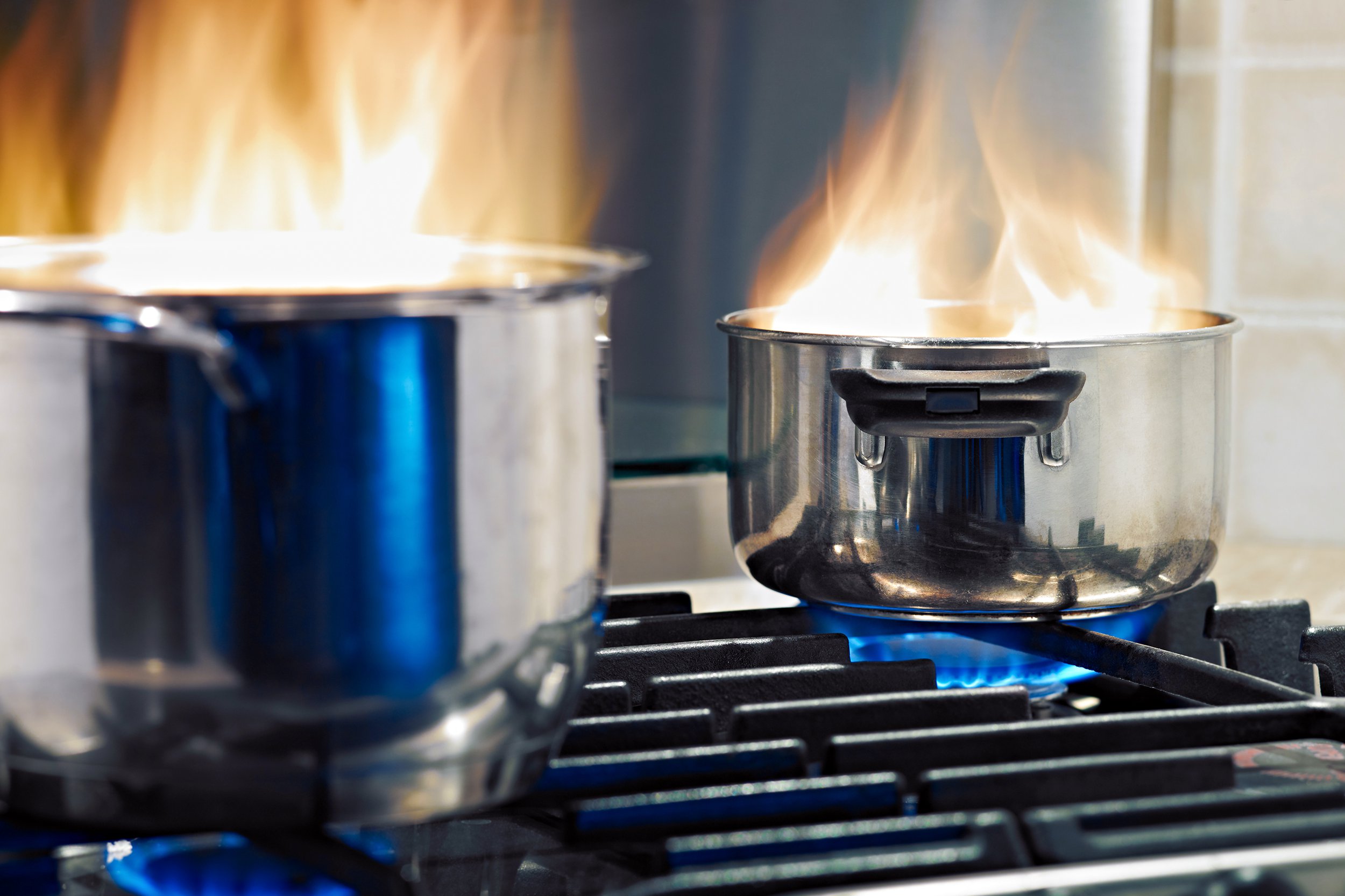
It should be common sense not to leave a flame on unattended, yet many home cooks do just that. Even though things are generally safe, leaving an active oven or stovetop on, even at a low temperature, is a big fire risk. Always stay close by and check regularly when the oven or stove is on.
Thawing on the Counter
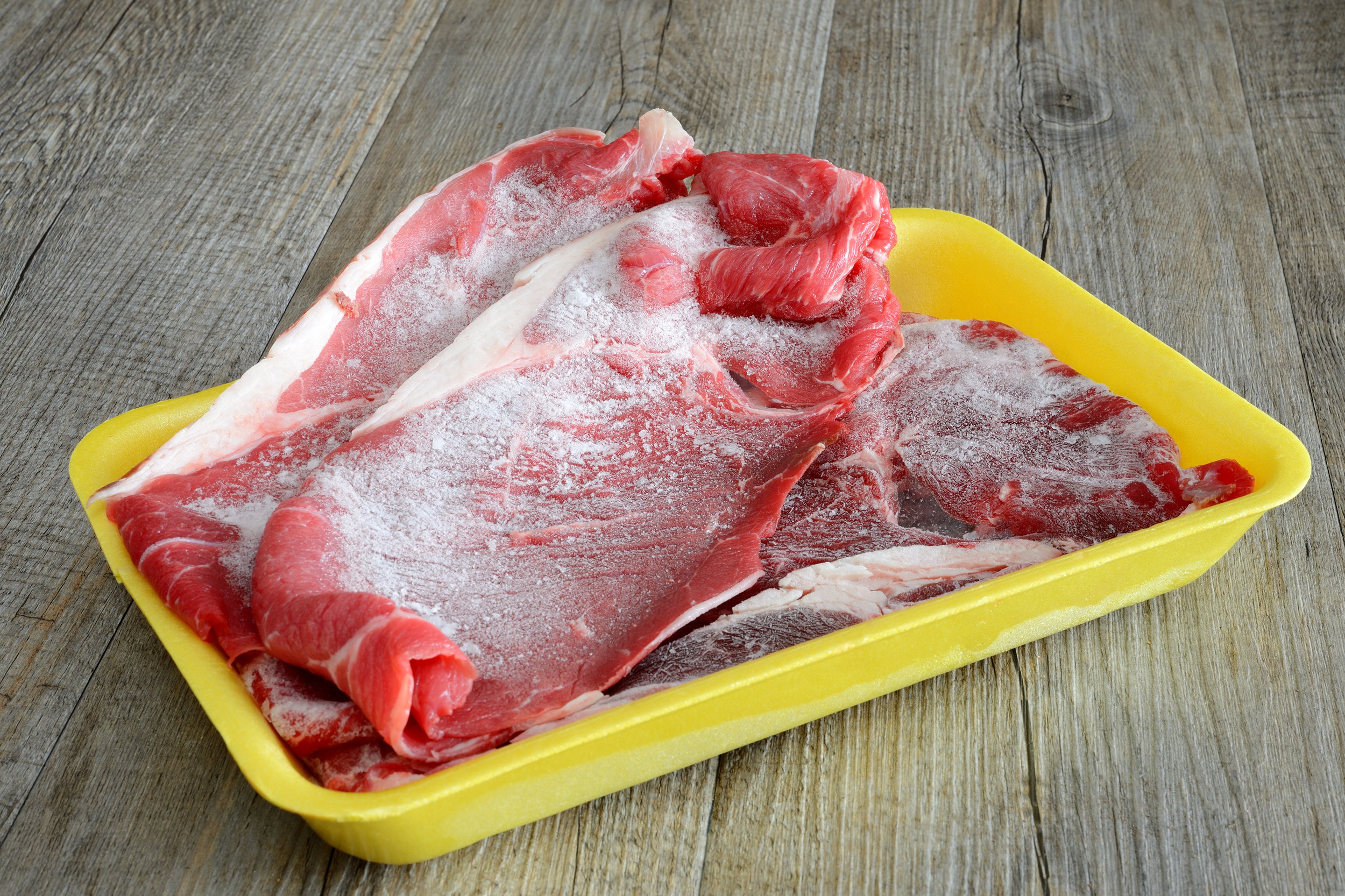
Thawing frozen food on the countertop may seem like a quick way to warm up food. In reality, thawing on the countertop exposes the outer layers of food to temperatures where bacteria can breed while the center is still frozen, ultimately prolonging exposure to the dangerous temperatures. Always thaw in the fridge or in a warm water bath for efficient and safe thawing.
Related: Food Expiration Dates and Food Freshness Labels Explained
Tasting Raw Batter
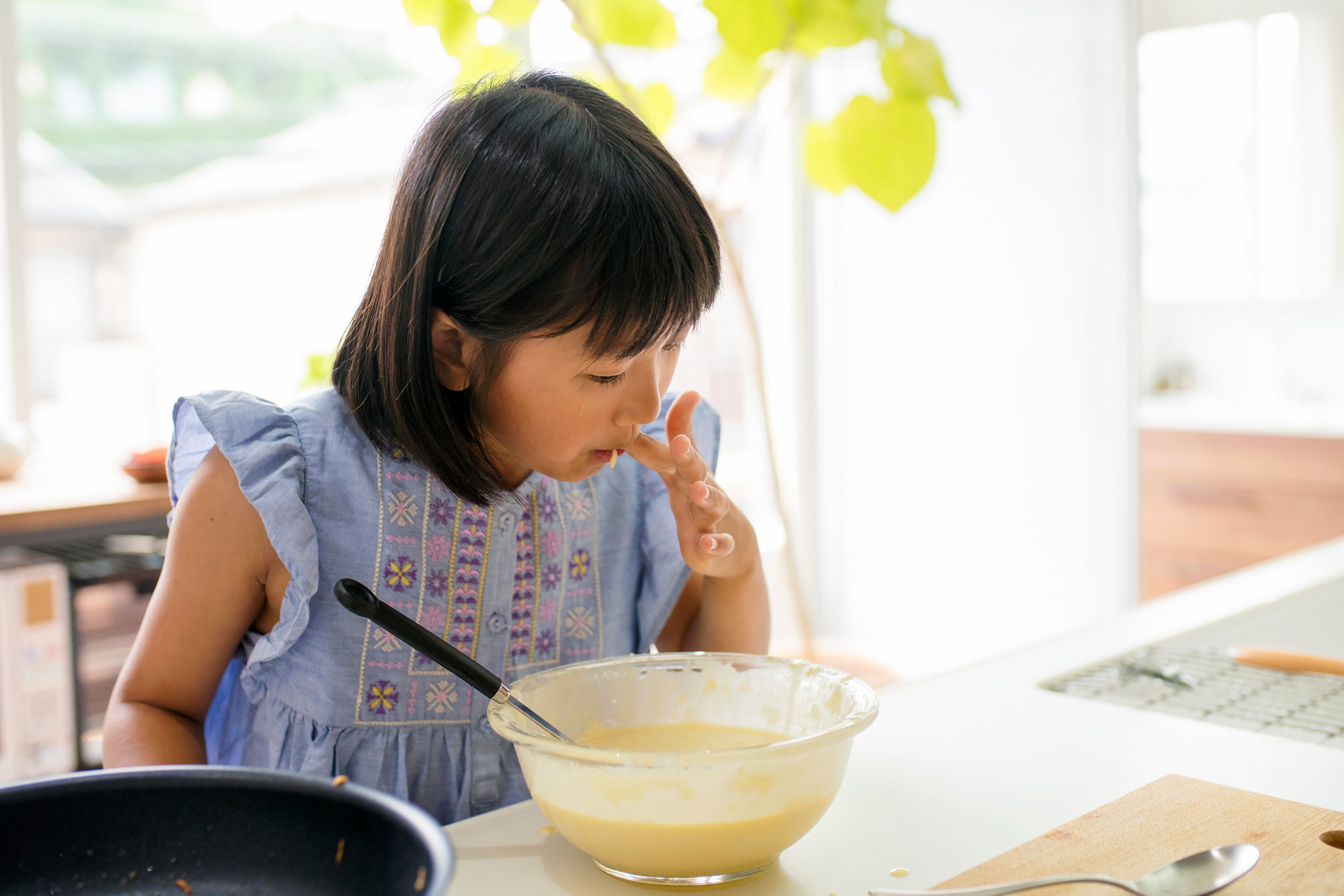
Unless the batter is vegan, licking the spoon or bowl can be dangerous. Raw eggs can contain salmonella, which can cause serious illness or even death. If you want to taste the batter for flavor, consider tasting before adding raw eggs.
Not Checking the Temperature of Meat
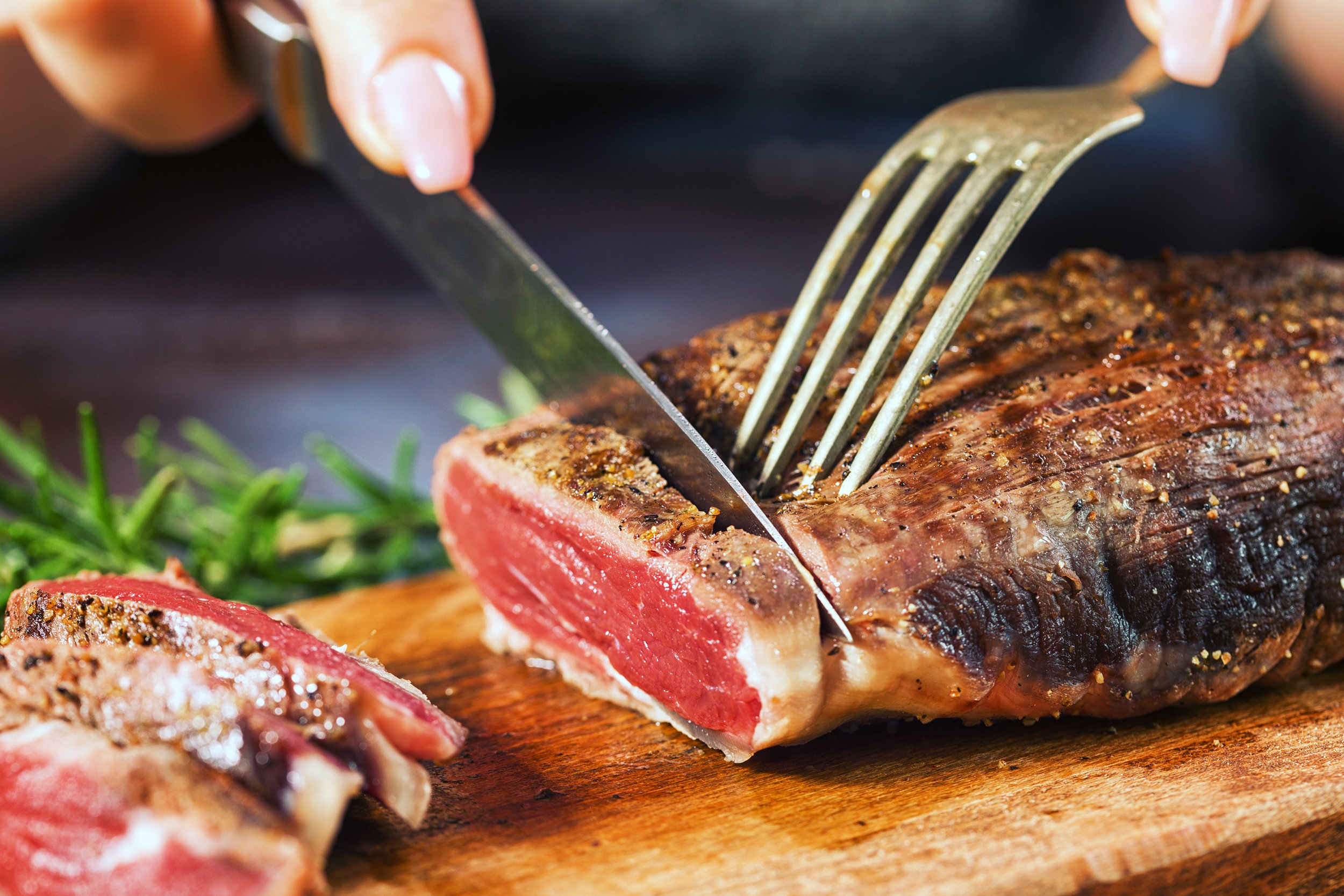
In the world of cooking, there are many shortcuts that can be taken with no real risks, but checking the temperature of meats is not one of them. A meat thermometer is cheap and easy to use, and takes the guesswork out of knowing when a protein is cooked to a safe temperature.
Related: 24 Kitchen Accessories You Didn’t Know You Needed
Shattering Glass Bakeware
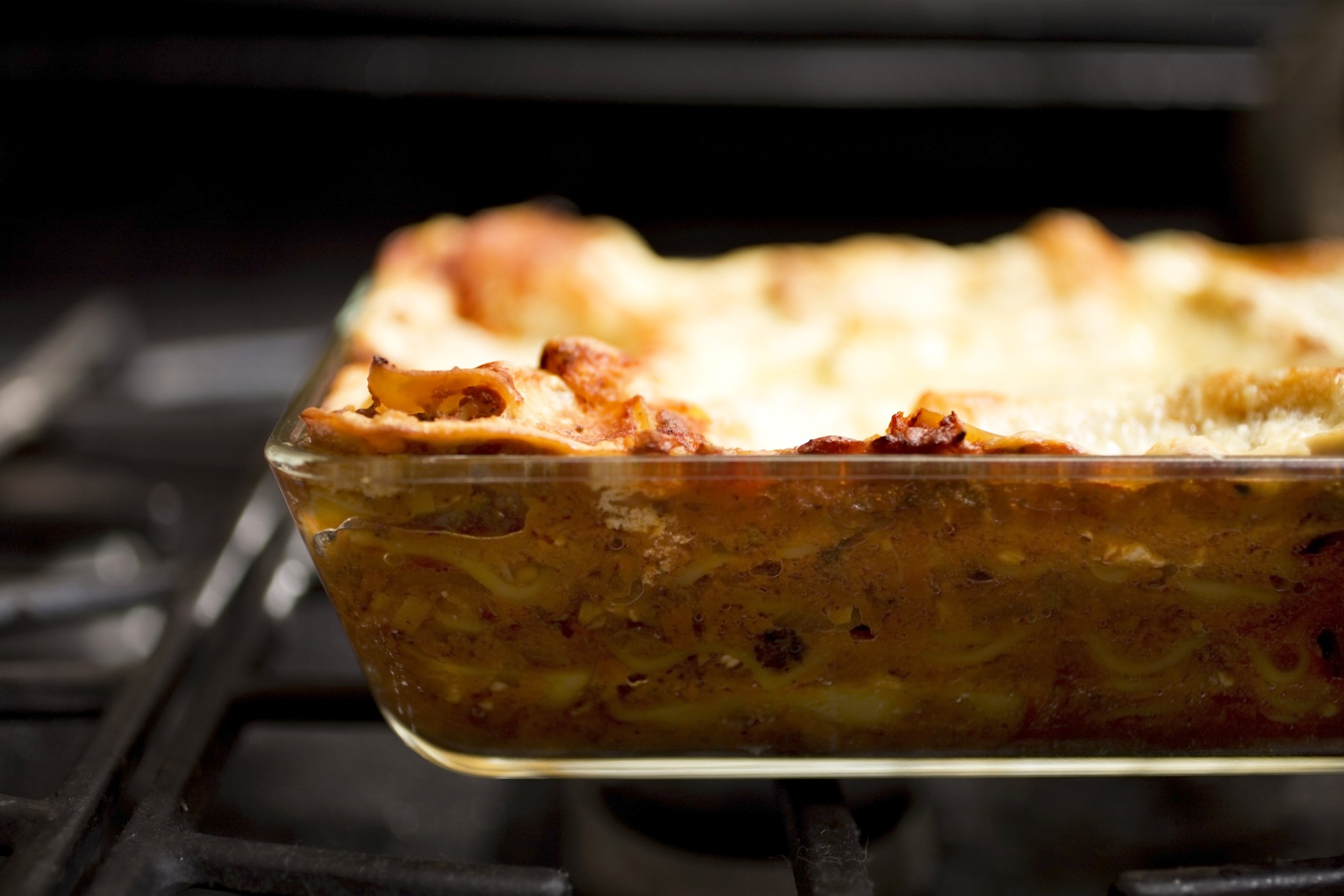
Glass cooking dishes are inexpensive and versatile, being used for baking, storage, and they are also microwave- and dishwasher-safe. They do it all! The one thing they can’t do is go from one temperature extreme to the next. This means that taking a hot dish from the oven and putting it on a cold countertop, or a cold dish from the freezer into a hot oven, can actually cause them to shatter.
Related: 30 Kitchen Essentials That Are Built to Last
Letting the Stove Hood Get Greasy
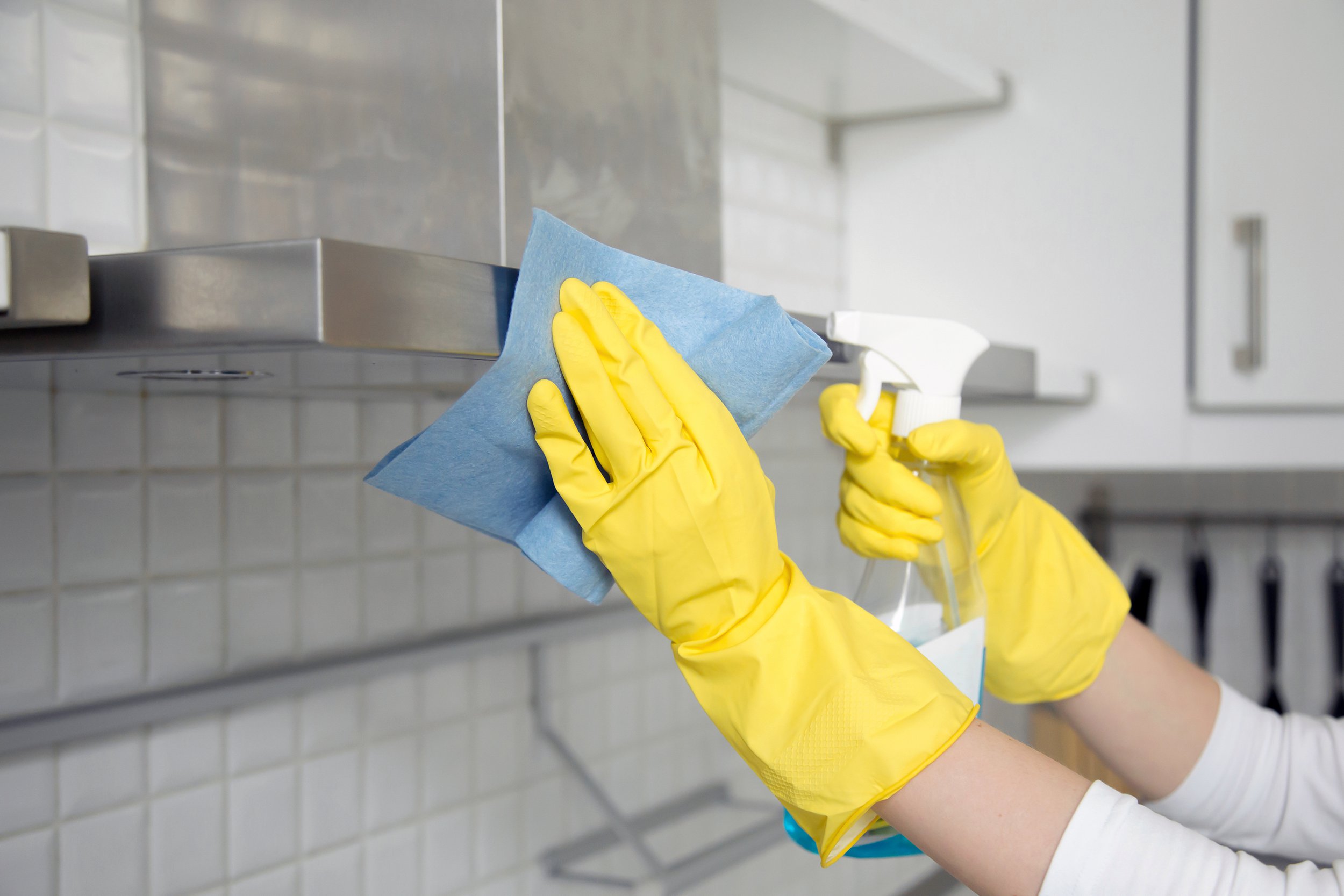
If you are lucky enough to have an overhead hood for your stovetop, it requires occasional care. Grease naturally accumulates in and on the hood, which can be a safety hazard if not wiped down regularly. High temperature or tall flames can actually ignite a greasy hood, causing a fire that is otherwise easily preventable.
Cooking in a Dirty Oven
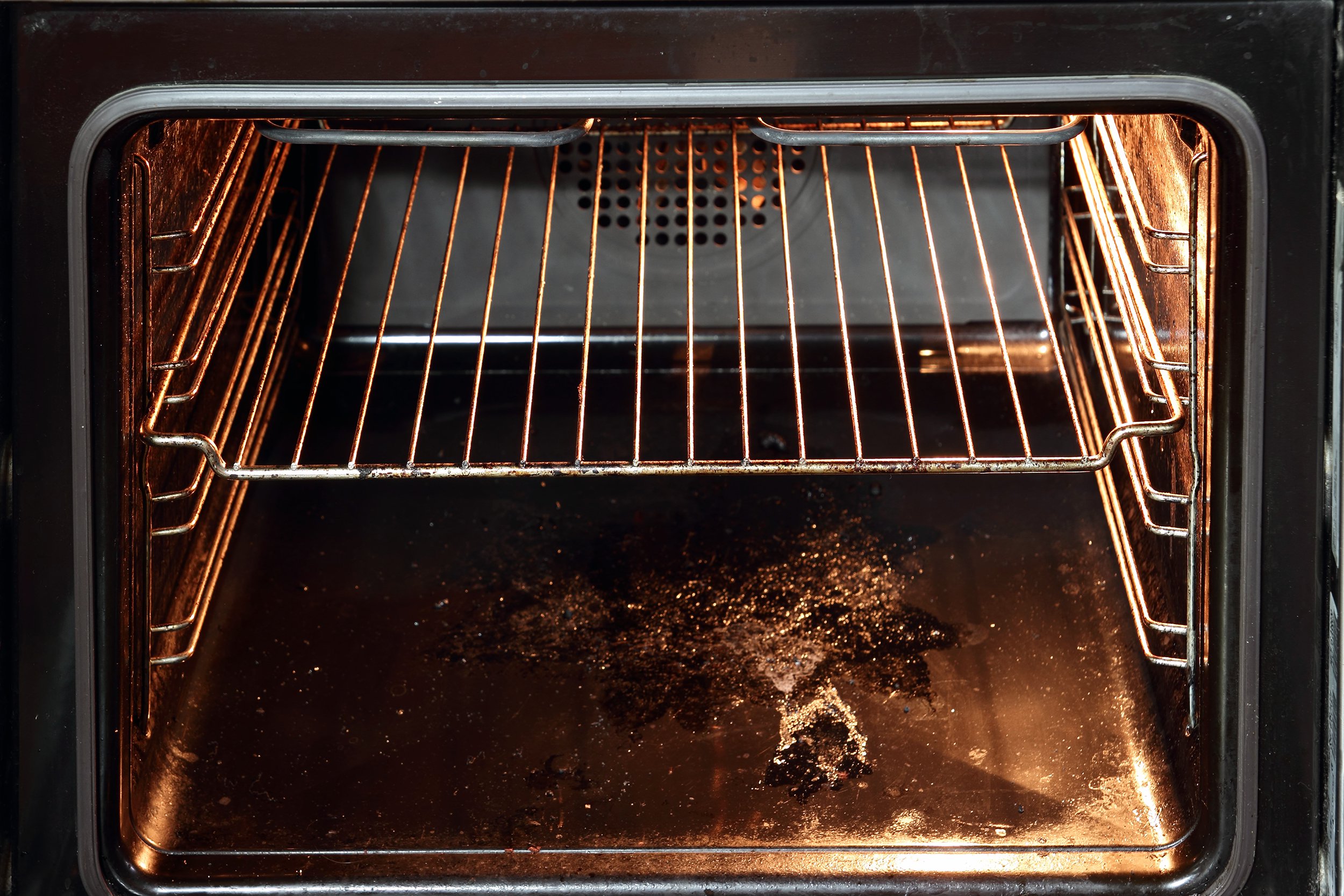
A dirty oven builds up grime and stuck-on oil, which can be ignited at high temperatures. Before cooking at high temperatures, 500 degrees or above, consider cleaning your oven. The process can take a few hours, but it is a simple and easy way to keep your oven safe for any cooking temperature.
Microwaving the Wrong Items
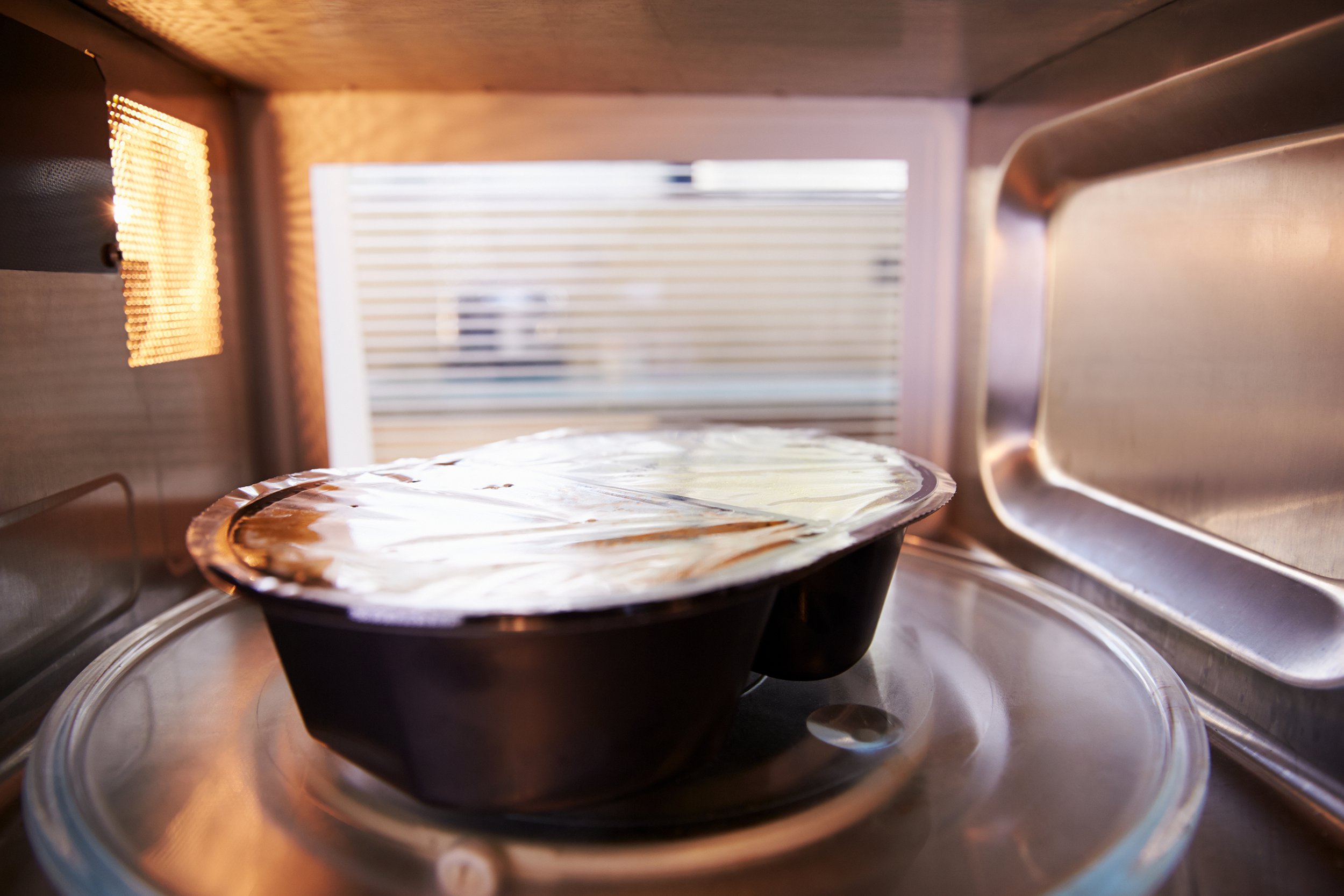
Most people know not to microwave anything metal, including aluminum foil, but other items, particularly plastic, can melt. Microwaving plastic wrap or certain kinds of plastic containers can break them down so that particles actually get stuck onto your food, which can be toxic when ingested.
Related: 20 Microwave Recipe Hacks You Need to Know
Using Metal Handled Pots and Pans
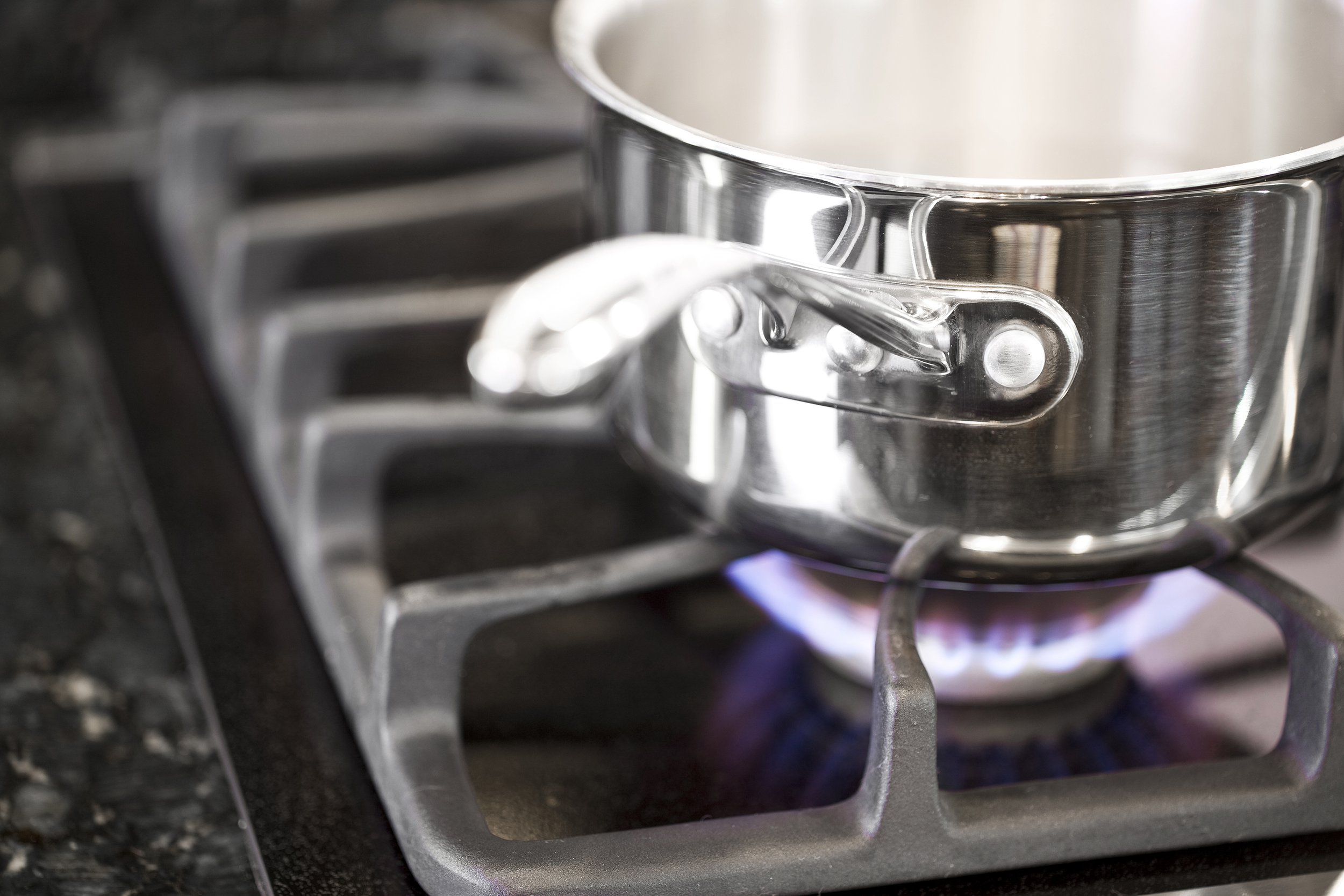
If most of your pots and pans have heat-resistant handles, it can be second nature to grab them in the middle of cooking. Some of the highest quality cookware spreads heat evenly, including to the handles, which means even just one firm touch could cause a significant burn. Always double check by tapping the handle to see if it’s hot before grabbing it. Also, use a cloth or glove if the handles are hot.
Unorganized Fridge Storage
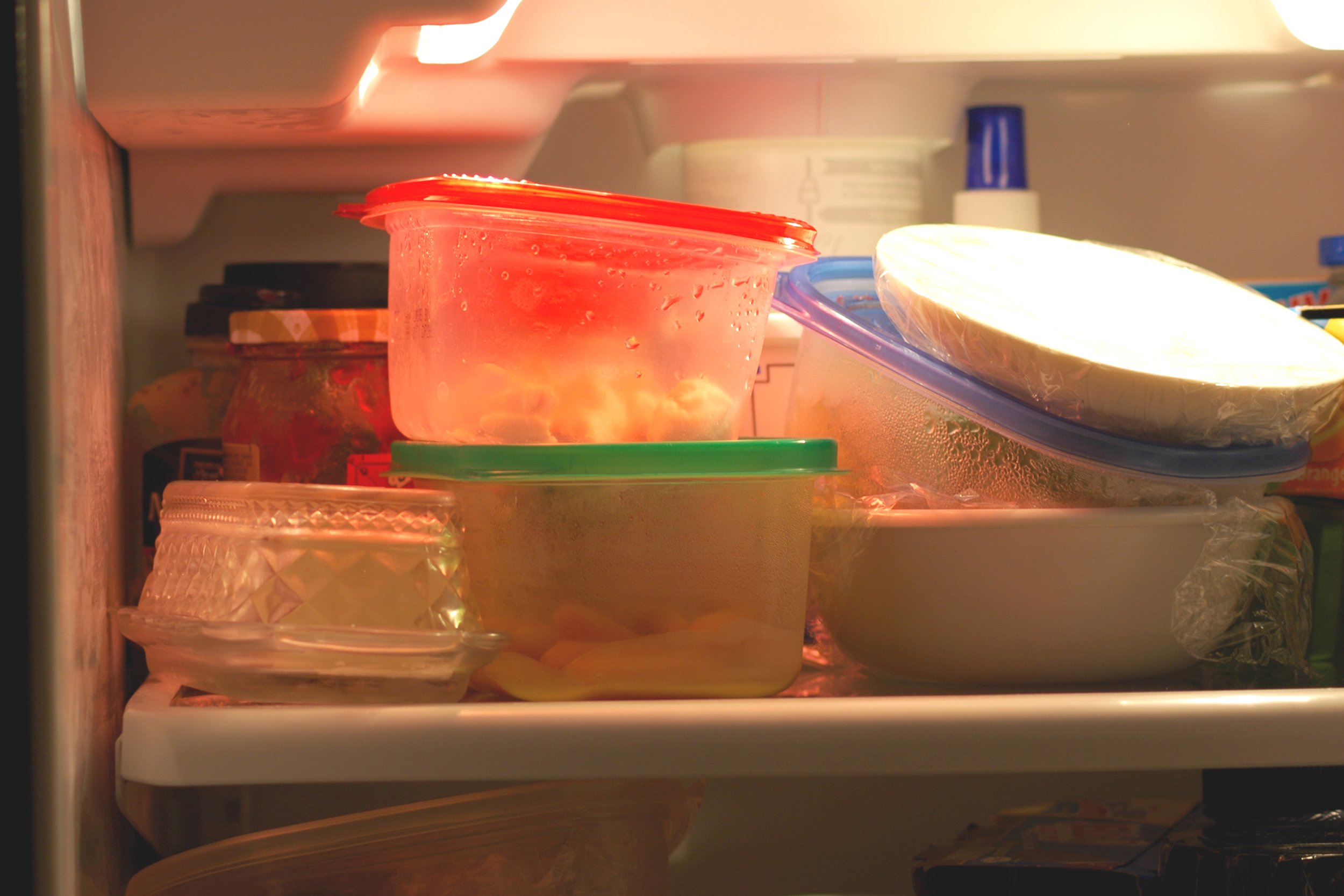
There is actually a right and wrong way to organize your fridge. While some things are more important than others, one of the most important things to do is to keep raw meats on the bottom of the fridge. If stored on the top, juices from raw proteins could drip down onto other food, causing cross contamination.
Related: This Clever Technique Will Make More Room in Your Freezer
Cooking With Loose Clothes and Hair
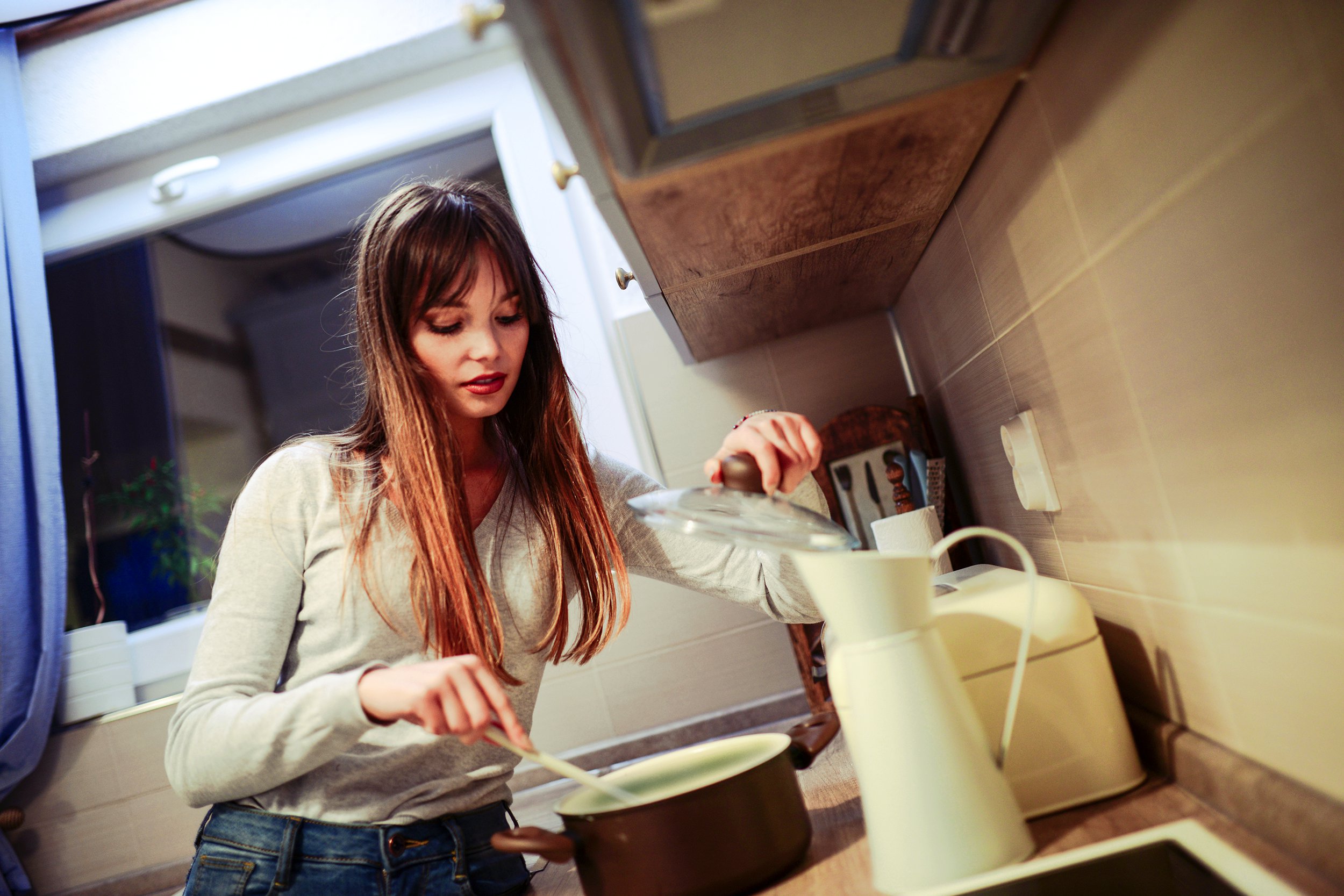
Chefs and cooks wear certain hairstyles and attire for safety reasons. Even though it may seem like a small detail, loose clothing and hair are easy to get in the way of fire or hot oil, creating unnecessary cooking hazards. Keeping an apron and hair tie on hand for cooking is a simple, cheap, and effective way to avoiding this safety risk.
Using Dull Knives
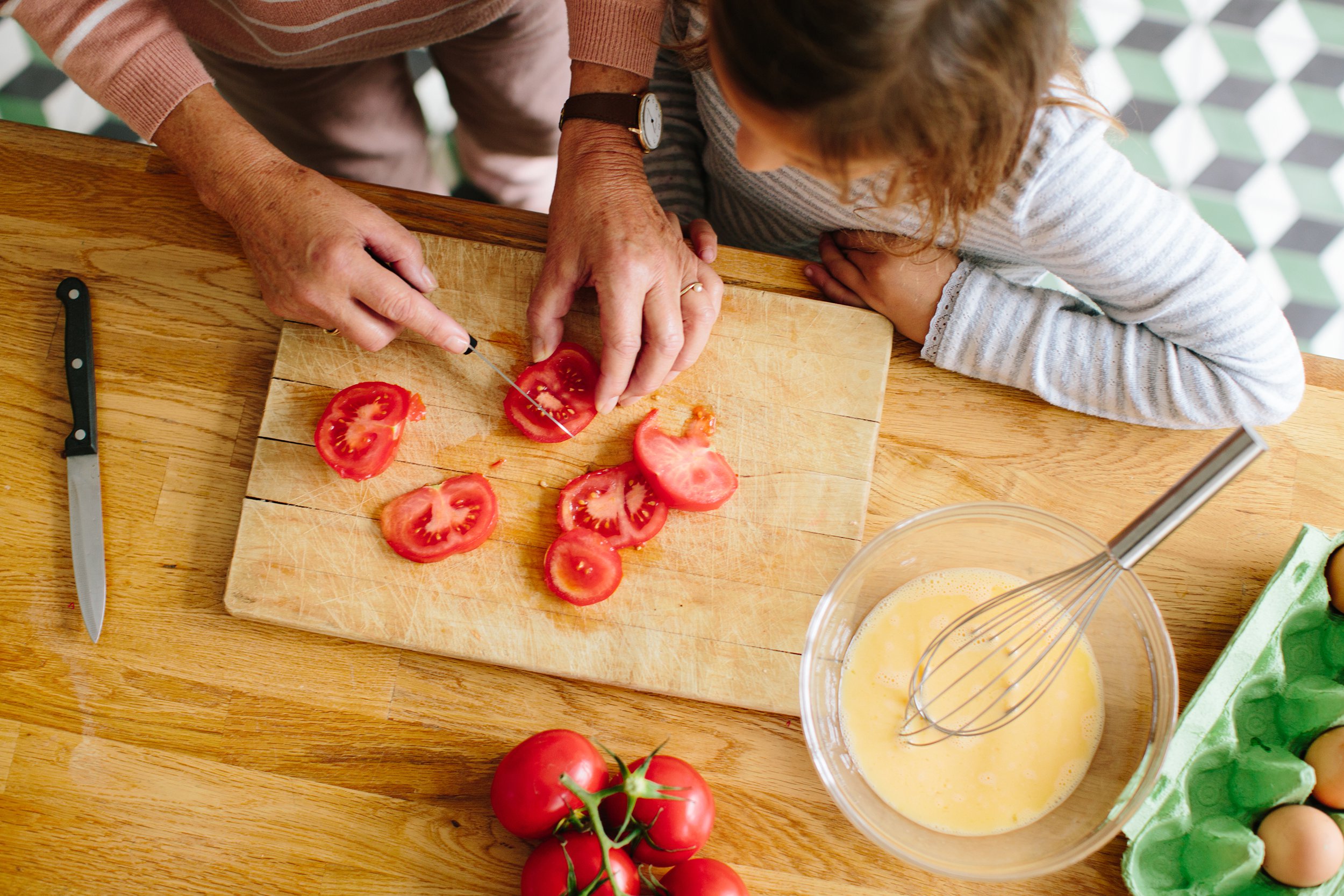
It may sound counterintuitive to use sharper knives for safety, but sharper knives lead to fewer cuts. Dull knives create the need to use more pressure and to maneuver hands and ingredients into awkward positions, leading to a greater risk of slipping. Sharp knives cut cleanly with minimal pressure, allowing you to keep your hands free and clear of the blade.
